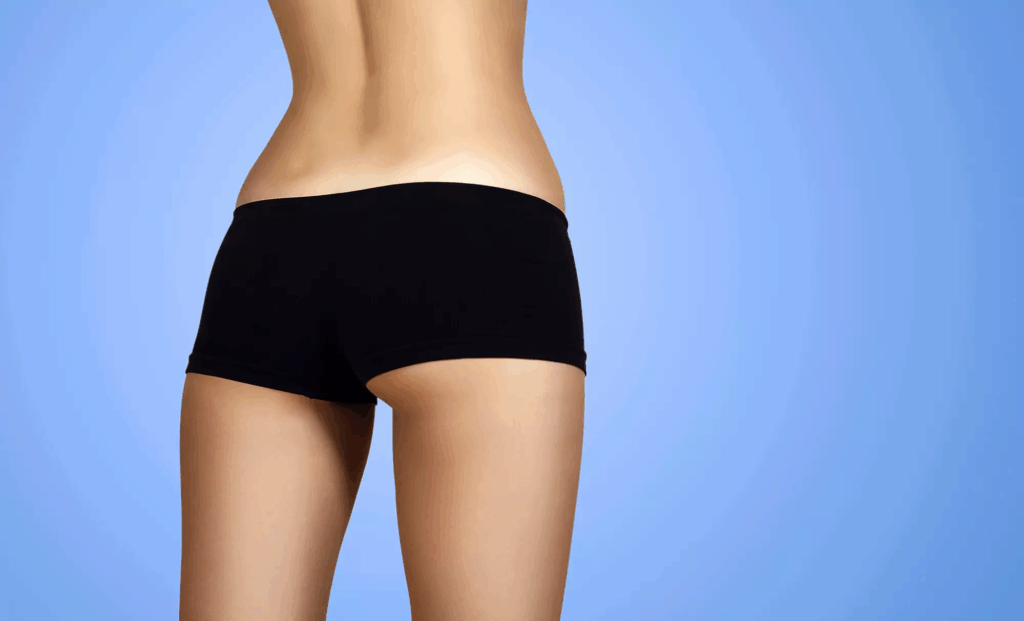Are you dreaming of a fuller, shapelier backside but unsure whether to choose fat transfer (Brazilian Butt Lift – BBL) or gluteal implants? You’re not alone. This life-changing decision requires careful consideration of your body type, goals, and lifestyle. In this comprehensive guide, we’ll break down the differences between these two popular procedures, helping you make an informed choice for a safer, more satisfying outcome.
By the end of this article, you’ll understand:
- The key differences between fat transfer and implants for gluteal augmentation.
- Which procedure aligns best with your body type and aesthetic goals.
- The risks, recovery process, and long-term results of each method.
- Cost comparisons and financing options.

Table of Contents
1. Understanding the Procedures: Fat Transfer vs Implants
What is a Brazilian Butt Lift (Fat Transfer)?
A Brazilian Butt Lift (BBL) is a two-step procedure that involves:
- Liposuction: Fat is harvested from areas like the abdomen, thighs, or lower back.
- Fat Injection: The purified fat is strategically injected into the buttocks to enhance shape and volume.
This method not only augments the buttocks but also contours the surrounding areas, providing a more sculpted silhouette. Learn more about the Brazilian Butt Lift procedure.
What Are Gluteal Implants?
Gluteal implants involve the surgical placement of silicone implants into the buttocks to increase size and projection. This method is ideal for individuals with limited natural fat reserves who desire a dramatic enhancement. Unlike fat transfer, implants provide a more predictable and permanent result. Explore the details of buttock augmentation with implants.
| Feature | Fat Transfer (BBL) | Gluteal Implants |
|---|---|---|
| Procedure Type | Fat harvesting + injection | Silicone implant placement |
| Ideal Candidate | Individuals with sufficient fat deposits | Individuals with limited fat reserves |
| Results | Natural-looking, subtle enhancement | Dramatic, predictable enhancement |
| Recovery Time | 2-4 weeks | 4-6 weeks |
| Longevity | Long-lasting (fat absorption possible) | Permanent (unless removed) |
2. Key Differences: Fat Transfer vs Implants
Body Type and Candidacy
Fat Transfer (BBL): Best suited for individuals with sufficient fat deposits in areas like the abdomen, thighs, or lower back. If you’re lean with minimal body fat, this method may not be viable.
Gluteal Implants: Ideal for those with limited natural fat who desire a significant increase in buttock size and projection. Implants can provide a more dramatic transformation.
Aesthetic Outcomes
Fat Transfer: Offers a more natural look and feel, as it uses your body’s own tissue. However, results can vary based on fat survival rates.
Gluteal Implants: Provides a more predictable and permanent enhancement, allowing for greater control over size and shape.
Recovery Process
The recovery process differs significantly between the two procedures:
- Fat Transfer (BBL): Recovery typically takes 2-4 weeks. Patients may experience swelling and bruising in both the liposuction and injection sites. Learn more about BBL recovery.
- Gluteal Implants: Recovery can take 4-6 weeks, with restrictions on sitting or lying directly on the buttocks to avoid implant displacement.
Risks and Complications
Both procedures carry risks, but they differ in nature:
- Fat Transfer (BBL): Risks include fat embolism, infection, and asymmetry. The procedure requires precise technique to minimize complications.
- Gluteal Implants: Risks include implant shifting, capsular contracture, and infection. Implants may also require replacement over time.
For a deeper dive into risks, read our guide on risks of body contouring surgeries.

3. Cost Comparison: Fat Transfer vs Implants
The cost of gluteal augmentation varies based on the method chosen, geographic location, and surgeon expertise. Below is a general comparison:
| Procedure | Average Cost | Factors Affecting Cost |
|---|---|---|
| Fat Transfer (BBL) | $8,000 – $15,000 | Extensive liposuction, surgeon fees, anesthesia |
| Gluteal Implants | $10,000 – $20,000 | Implant type, surgeon fees, hospital costs |
For a detailed breakdown, check out our BBL cost guide.
4. Which Procedure is Right for You?
Choosing between fat transfer and implants depends on several factors:
- Body Type: Fat transfer is ideal for those with sufficient fat deposits, while implants are better for leaner individuals.
- Aesthetic Goals: Fat transfer provides a natural enhancement, while implants offer a more dramatic change.
- Budget: Consider the cost and financing options for each procedure.
- Recovery Time: Fat transfer generally has a shorter recovery period compared to implants.
Consultation with a Surgeon
Ultimately, the best way to determine which procedure is right for you is to consult with a board-certified plastic surgeon. They can assess your body type, discuss your goals, and recommend the most suitable option.

Conclusion: Making the Right Choice for Your Gluteal Augmentation
Key Takeaways
- Fat Transfer (BBL) is ideal for those seeking a natural enhancement with sufficient fat deposits.
- Gluteal Implants are perfect for individuals desiring a dramatic, predictable transformation.
- Recovery times and risks differ significantly between the two procedures.
- Consulting with a qualified surgeon is essential to determine the best option for your body and goals.
Next Steps
Ready to take the next step? Schedule a consultation with a board-certified plastic surgeon to discuss your options. Whether you choose fat transfer or implants, ensuring you’re well-informed and prepared will lead to the best possible outcome.

Frequently Asked Questions (FAQs)
1. How long do the results of a Brazilian Butt Lift last?
The results of a BBL can last for years, but some fat absorption is normal. Maintaining a stable weight and healthy lifestyle can help prolong the results.
2. Can gluteal implants rupture?
While rare, gluteal implants can rupture. Choosing high-quality implants and an experienced surgeon minimizes this risk.
3. Is the recovery for fat transfer easier than implants?
Generally, yes. Fat transfer recovery is often shorter and less restrictive compared to implants, which require avoiding pressure on the buttocks for several weeks.
4. Can I combine fat transfer and implants?
In some cases, surgeons may combine both techniques to achieve optimal results, especially for individuals seeking both volume and projection.
5. What are the risks of fat transfer?
Risks include fat embolism, infection, and asymmetry. Choosing a skilled surgeon significantly reduces these risks.
6. How do I choose the right surgeon?
Look for a board-certified plastic surgeon with extensive experience in gluteal augmentation. Review before-and-after photos and patient testimonials.
7. Will I have scars after gluteal augmentation?
Fat transfer involves minimal scarring from liposuction incisions, while implants require a small incision, typically hidden in the buttock crease.
8. How soon can I return to work after the procedure?
Recovery varies, but most patients return to work within 2-4 weeks for fat transfer and 4-6 weeks for implants, depending on the nature of their job.
Our Surgeons and Affiliated Professionals
At Surgyteam, we are proud to collaborate with a distinguished team of medical professionals, each bringing a wealth of expertise and a commitment to patient-centered care.
- Dr. Mehmet Fatih Okyay (Dr. MFO): Plastic, Reconstructive and Aesthetic Surgery Specialist. Co-founder of Surgyteam. FEBOPRAS certified. (https://www.dr-mfo.com/)
- Dr. Selçuk Yılmaz: Plastic, Reconstructive and Aesthetic Surgery Specialist. (https://drselcukyilmaz.com)
- Dr. Ebru Okyay: Dermatology Specialist. (https://drebruokyay.com/)
- Dr. Mustafa Keleş: Aesthetic, Plastic and Reconstructive Surgery Specialist. (https://www.medstar.com.tr/doktorlar/mustafa-keles/)
- Dr. Boray Yücel: Plastic, Reconstructive and Aesthetic Surgery Specialist. (https://borayucel.com/)
- Dr. Sibel Atalay: Plastic, Reconstructive and Aesthetic Surgery Specialist. Clinic with International Health Tourism Authorization Certificate. (https://www.sibelatalay.com.tr/)
- Dr. Mert Meral: Plastic, Reconstructive and Aesthetic Surgery Specialist. EBOPRAS certified. (https://mertmeral.com/)
To learn more about Surgyteam and how we can assist you, please visit our website:
https://surgyteam.com/
Disclaimer: This blog post is intended for informational purposes only and does not constitute medical advice. Costs are estimates and can vary. Always consult with a qualified medical professional for personalized advice and treatment.



